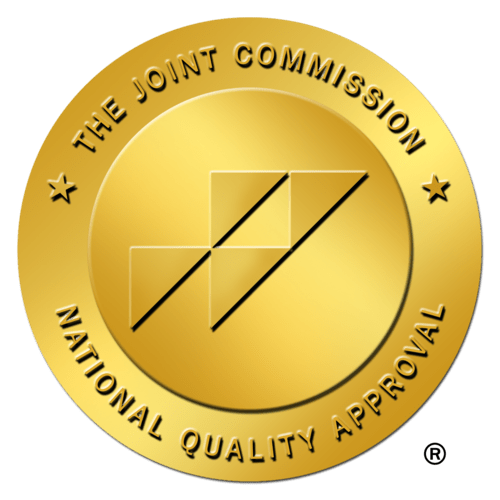
As the new omicron variant of the coronavirus continues to spread, engaging and retaining clinical professionals will continue to be a challenge for hospitals and healthcare systems. The healthcare community was already stretched thin, and the pandemic introduced never-before-seen challenges to professionals who have long asked for better working conditions.
Much of the nursing workforce has been trending toward retirement: for quite some time. From 2000 - 2018, the average age of employed registered nurses increased from 42 to 47 years old. Labor shortages impact facility costs, stretching budgets even further and straining profitability. In 2020, some hospitals saw operating cash flow margins fall to a median 7%.
So what does this mean for your facility’s budget in 2022? The strain on its financial health is likely to continue through the year, but taking steps to protect its revenue cycle will help manage costs.
Examining past costs
Your facility’s leadership and revenue cycle management team have likely reviewed past costs in their 2022 budget planning. It’s essential that your department understand what goes into that process so you can successfully move forward into the new year.
From hospitals to outpatient centers to skilled nursing facilities, here are 5 parts of a thorough healthcare cost analysis:
#1: Identify your goals
Here, revenue leaders focus on what they want to accomplish with the analysis. They also identify stakeholders and consider which metrics should be used to accurately measure past financial performance.
#2: Identify associated costs
These can include:
- direct costs: such as labor and inventory costs
- indirect costs: such as fixed expenses related to operations
- tangible costs: such as payroll
- intangible costs: such as reduced patient satisfaction after a change in administrative process
- opportunity costs: such as lost opportunities related to pursuing one strategy over another

#3: Identify benefits
These can include:
- direct benefits: such as an increase in revenue generated from telehealth appointments
- indirect benefits: such as an improvement in your facility’s reputation among patients
- competitive benefits: such as your facility being known among healthcare professionals for offering flexible scheduling
#4: Assign values
By assigning a monetary value to each of the costs as well as to each of the benefits, your facility leaders can compare them accurately.
#5: Compare costs and benefits
Finally, budget decision-makers have the data to determine next steps. They likely revisit the goals established in step 1 and then research what cost reductions would be most effective if the costs outweigh the benefits.
Understanding how much your department and your facility spent last year and comparing it to benefits gained and benefits available in the new year are vital to establishing and managing your 2022 budget.
Recognizing present needs
In today’s ever-evolving healthcare climate, strategic investments in staffing and technology are necessities. This is especially true in the face of the nursing shortage across the country.
Staffing
How is your patient population affected due to current staffing challenges? For instance, nurses spend the most of their time with patients. They also influence cost across your facility. Their feedback from the front line, diligence in documentation, and patient advocacy are crucial to maintaining cost efficiency.
Your investment in engaging and retaining nursing staff and in their success is an investment in value-based care.

CareRev supports your organization with fully-vetted, per-diem professionals who can fill shifts in an instant. You can tackle your facility’s nursing shortage with no commitment to more full-time employees or expensive traveler contracts.
Our professionals can help your internal team focus more attention on higher-value tasks. Improving staffing support means preventing exhaustion and providing an environment where professionals can thrive.
Technology
There’s no question as to the importance of technology in healthcare. How are your patients and your teams impacted by your facility’s current innovations - or lack thereof?
For instance, do your current technology investments include resources to meet interoperability goals, new avenues for improving staffing efficiency, and telehealth platforms? Each of these examples highlight a dedication to seamlessly improving the patient experience:
Interoperability
Enable better workflows and ensure data can be analyzed more quickly and conveniently.
Staffing efficiency
With CareRev's web app, your facility gives employees and per-diem workers the flexibility to manage their own schedules. No more paper request forms, time clocks, or endless phone calls to fill shifts.
Telehealth platforms
The pandemic's virtual care boom is undeniable. While in-person visits to facilities are back in full swing across the country, facilities “have a once-in-a-generation opportunity to embrace the digital revolution that can drastically expand access to care while providing new options to clinical staff to practice medicine.”
Anticipating future needs
How can your facility continue to remove barriers? What steps can your facility take to nurture the mental and emotional well-being of its team members? Where should it invest for short-term and long-term successes?
Fluctuations in the cost of living and cost of care are to be expected. Staffing challenges, continued effects of the pandemic in the healthcare industry, and great leaps in healthcare innovations are as well. Cultivating efficiency and flexibility throughout your facility and its revenue cycle are the keys to tackling what’s next.

Your cost analysis from the previous year coupled with a hard look at your present needs can help you make effective predictions. But it’s your organization’s ability to modify and reshape across the board that will:
- allow it to react quickly to challenging conditions such as COVID-19 variants
- more accurately reflect the state of its finances and ability to control costs
- maximize staffing opportunities to help meet your patients’ needs
Adaptability is a strength - one that can help secure the financial health of your facility.





